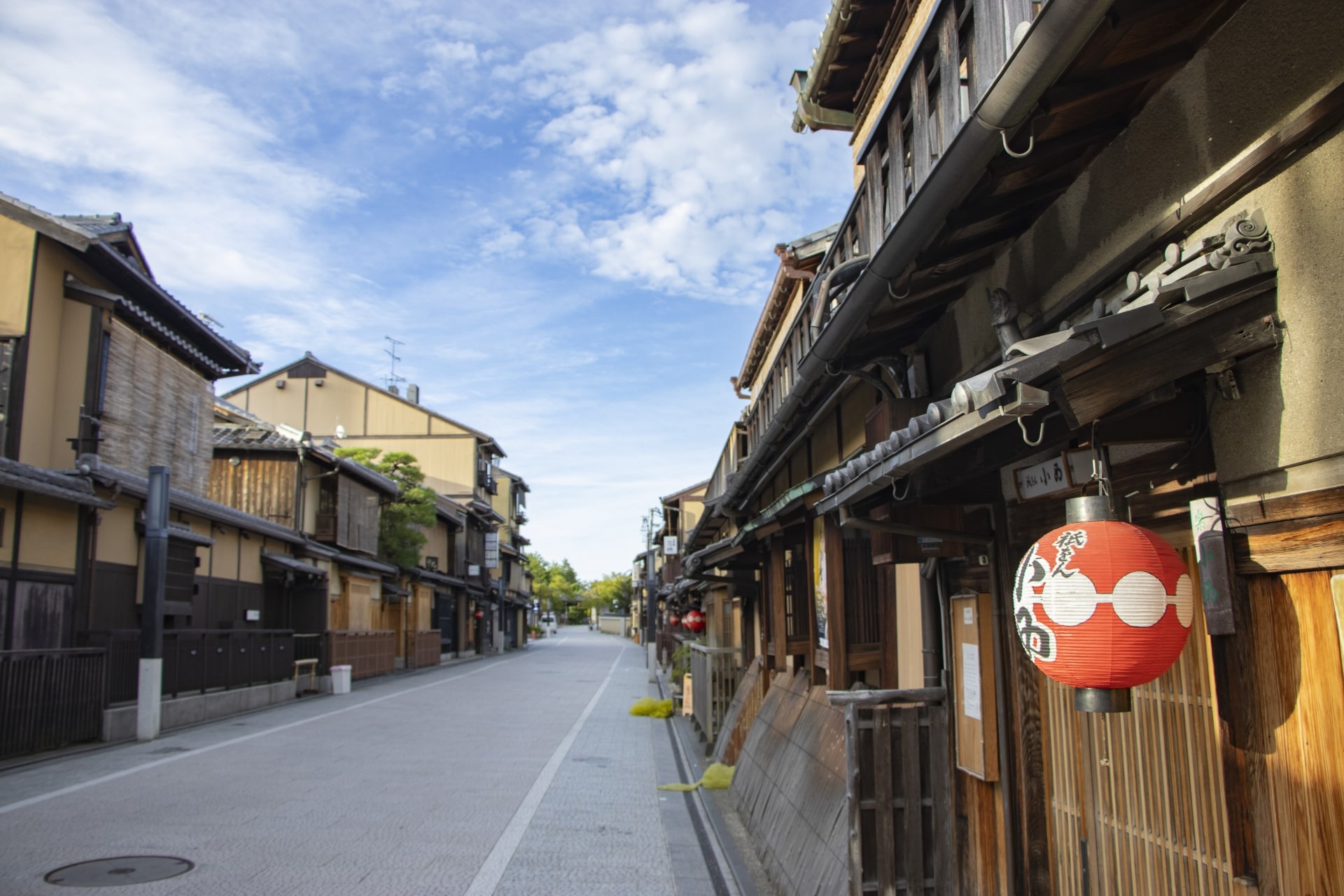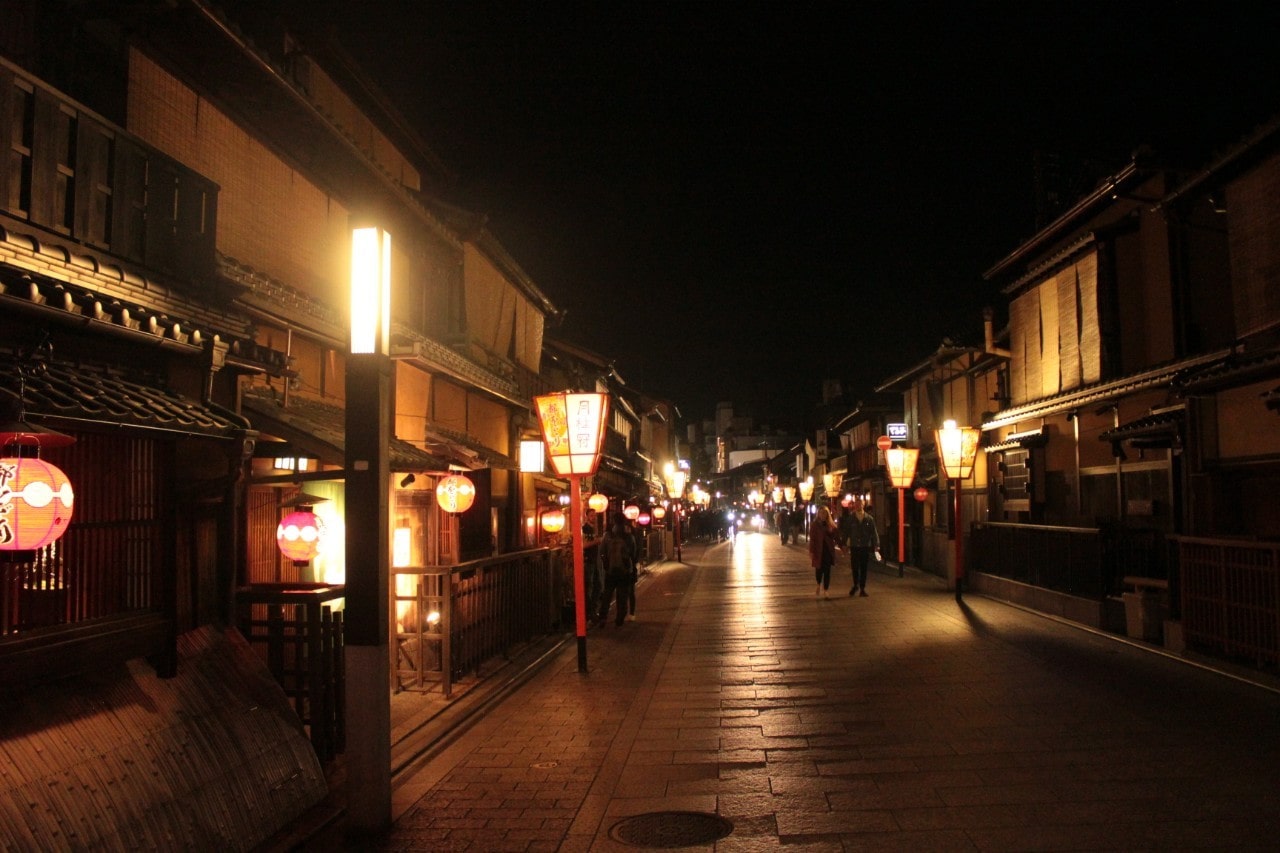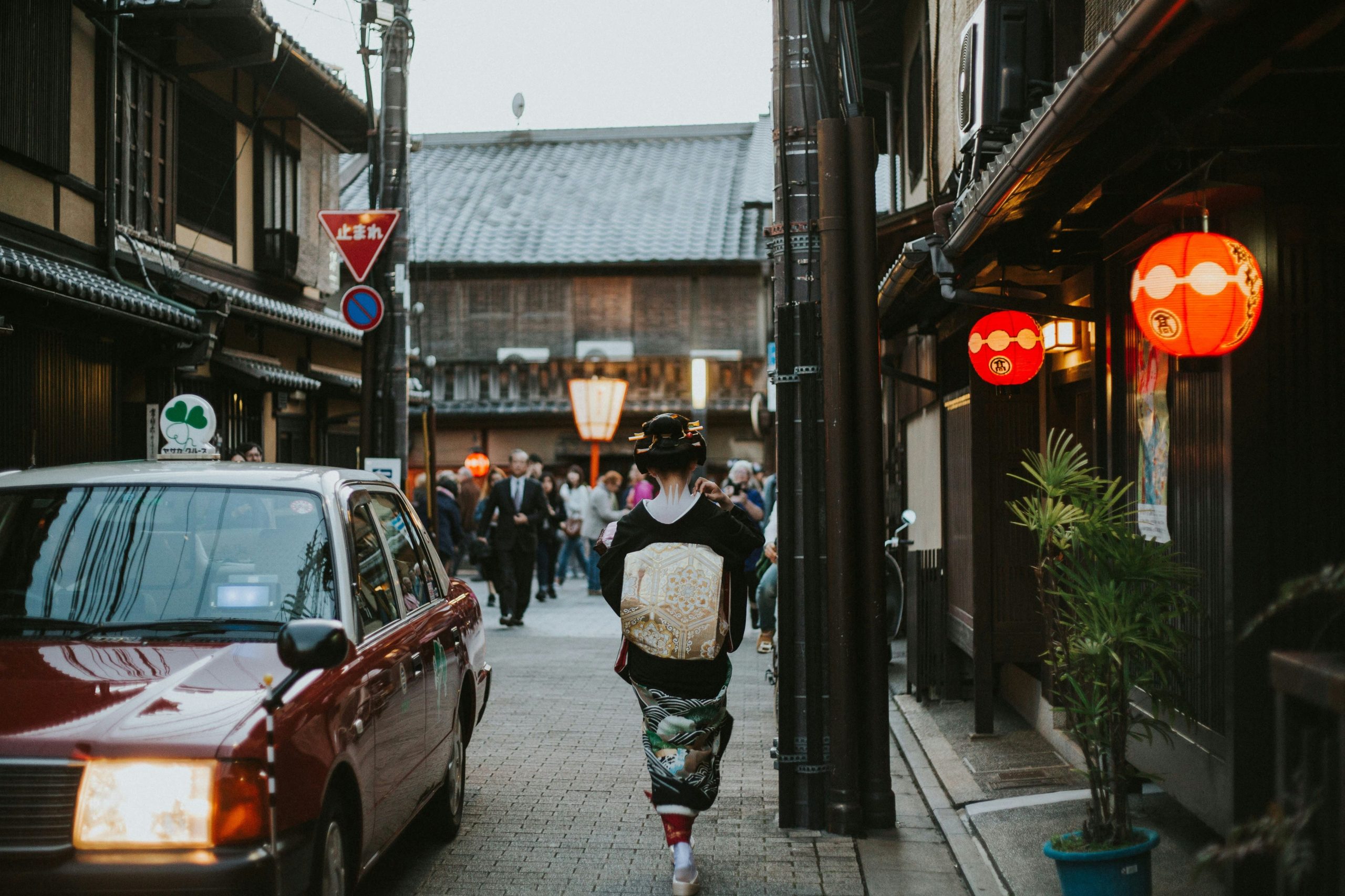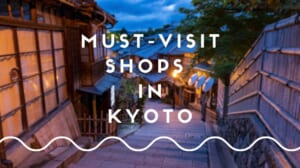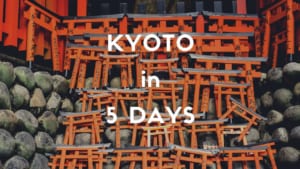Gion Hanamikoji Street: The Most ‘Kyotoish’ Street with two distinct atmospheres
Experience the traditional culture of Kyoto In Hanamikoji Street
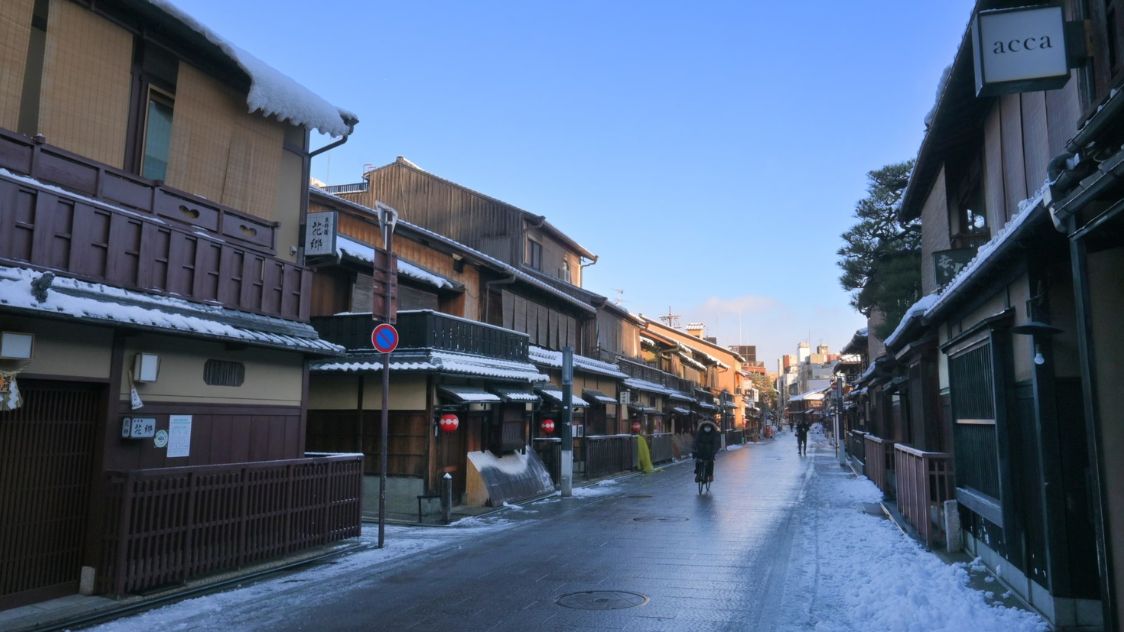
When visiting Kyoto, Hanamikoji Street (花見小路, also Hanamikoji dori) is a must-see destination. As the heart of Gion, Hanamikoji offers not only the chance to experience Kyoto’s timeless streets and architecture but also the rare opportunity to see Geisha and Maiko still actively working. History here is not just something written on paper; it’s a vivid, living image that continues to unfold before your eyes.
However, when history meets modernity, there are bound to be some small conflicts. In recent years, due to over-tourism in Kyoto, the influx of visitors to Hanamikoji Street has caused significant disruptions for local residents. In response, the Japanese government has implemented a series of strategies aimed at protecting the local culture while also enhancing the visitor experience.
In this article, I will introduce the unique features of Hanamikoji Street and share several guidelines to help you avoid trouble and ensure an enjoyable travel experience. Buckle your seatbelt, let’s begin the journey!
If you need a general overview of Kyoto, don’t miss our All-in-One Guide to Kyoto!
About Hanamikoji Street

Hanamikoji Street (花見小路) is one of the most renowned Hanamichi (streets where Geiko and Maiko live and work) in Kyoto, stretching about 1,000 meters in the heart of the Gion district. It’s also often considered the most beautiful and quintessentially “Kyotoish” street. Interestingly, Hanamikoji-dori is divided by Shijo-dori, with the atmosphere on each side showing a stark contrast.
The northern side of Hanamikoji Street can be considered a red-light district for locals, lined with clubs and izakayas. During the day, it seems almost asleep, with a quiet and calm atmosphere. However, at night, it comes alive with bright lights and bustling activity. Late at night, taxis often form long lines along Shijo-Dori, picking up and dropping off customers.
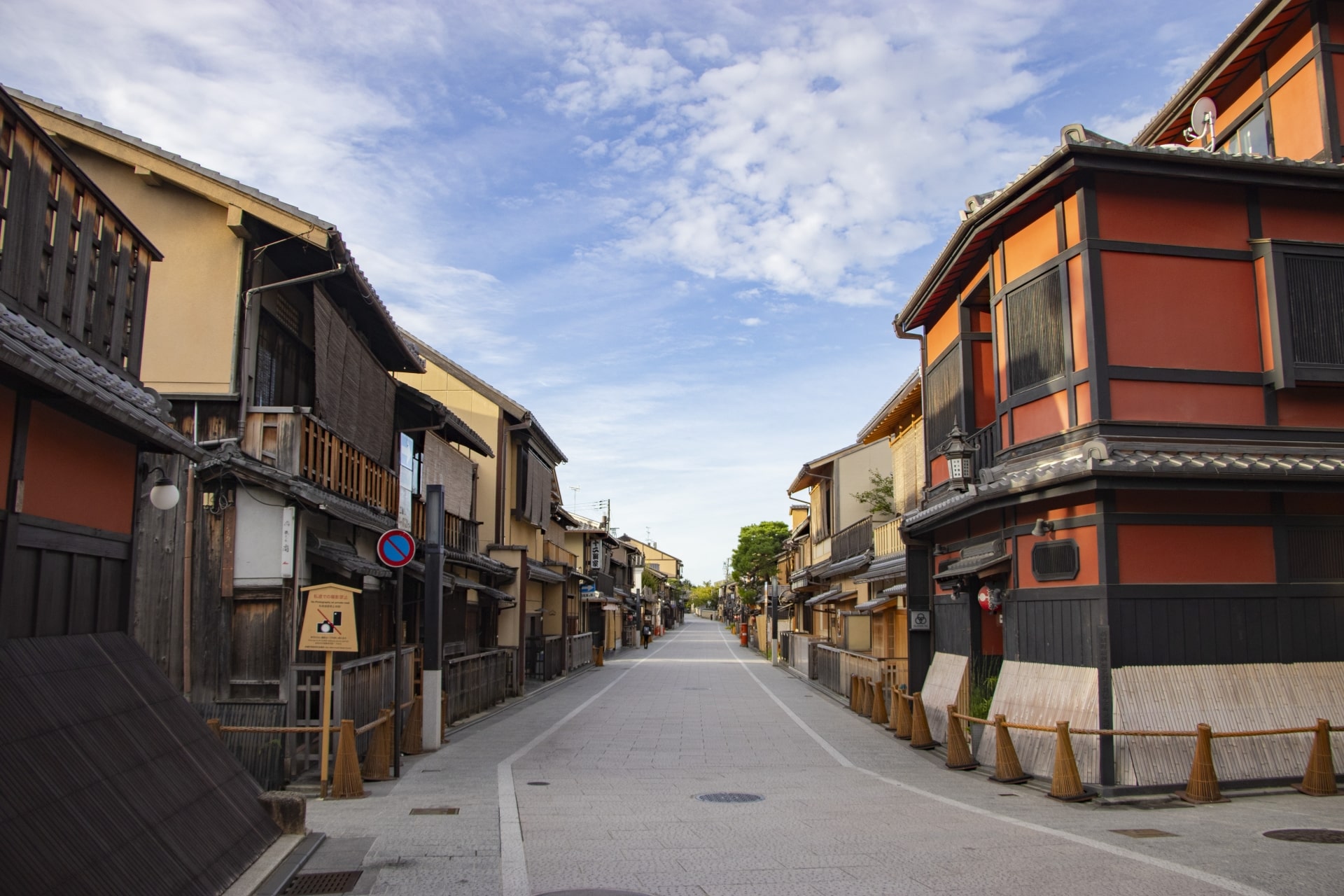
The southern side of Hanamikoji Street was once part of Kennin-ji Temple. It is bustling all the time as a popular tourist destination, filled with well-preserved Machiya (町家, traditional townhouses) and Chaya (茶屋, tea houses). In the early evening, you can often see Maiko (舞妓, performing artist) and Geiko (芸子, performing artist) hurrying to their work at the tea houses. Additionally, many restaurants provide delicious local foods in the area, making it worth visiting.
Hanamikoji Street embodies Kyoto’s rich history, tradition, and charm. Let’s dive deeper into the details of this fascinating street.
What is Hanamikoji Street famous for?
As I mentioned before, Gion Hanamikoji Street is one of the most famous hanamachi in Kyoto, so everything you should explore here is deeply connected to hanamachi culture. This includes the traditional architecture, the Geisha, and their working spaces.
1. Traditional Japanese Architecture

Lining Hanamikoji Street are tea houses with red lattice windows and Inuyarai (bamboo fences), creating an atmosphere filled with the charm of Gion and evoking a sense of nostalgia. Walking along the street feels like stepping back in time.
One of the must-see buildings is Ichiriki Chaya, a symbol of Hanamikoji Street. It is not only the most beautiful and elegant tea house in the area but also boasts a history of over 300 years. Despite the passage of time, it remains in operation, showcasing a unique blend of the ancient and modern.
2. Maiko and Geiko Culture

Many tourists visit Hanamikoji Street specifically to see Maiko and Geiko, but do you know what they’re doing? They aren’t simply people dressed in traditional attire—they are highly skilled professionals who undergo years of rigorous training.
The Maiko and Geiko are central figures in Kyoto’s traditional entertainment culture, particularly in districts like Gion. Maiko are apprentice entertainers, while Geiko are fully trained performers, equivalent to Geisha in other parts of Japan.
If you want to learn more about them, the following article may provide you with deeper insights.
What are the Differences between Geisha, Maiko, and Oiran?
3. Gion Corner
Gion Corner is located near the northern end of Hanamikoji Street, offering a great opportunity to immerse yourself in Kyoto’s cultural heritage in a short time. If you’re interested in learning more about Maiko and Geiko, don’t miss it. Highlights include Kyomai dance performances by Maiko, tea ceremonies, Ikebana (flower arranging), and Kyogen (comic theater), providing a comprehensive introduction to Kyoto’s rich artistic traditions.
4. Night view on Hanamikoji Street
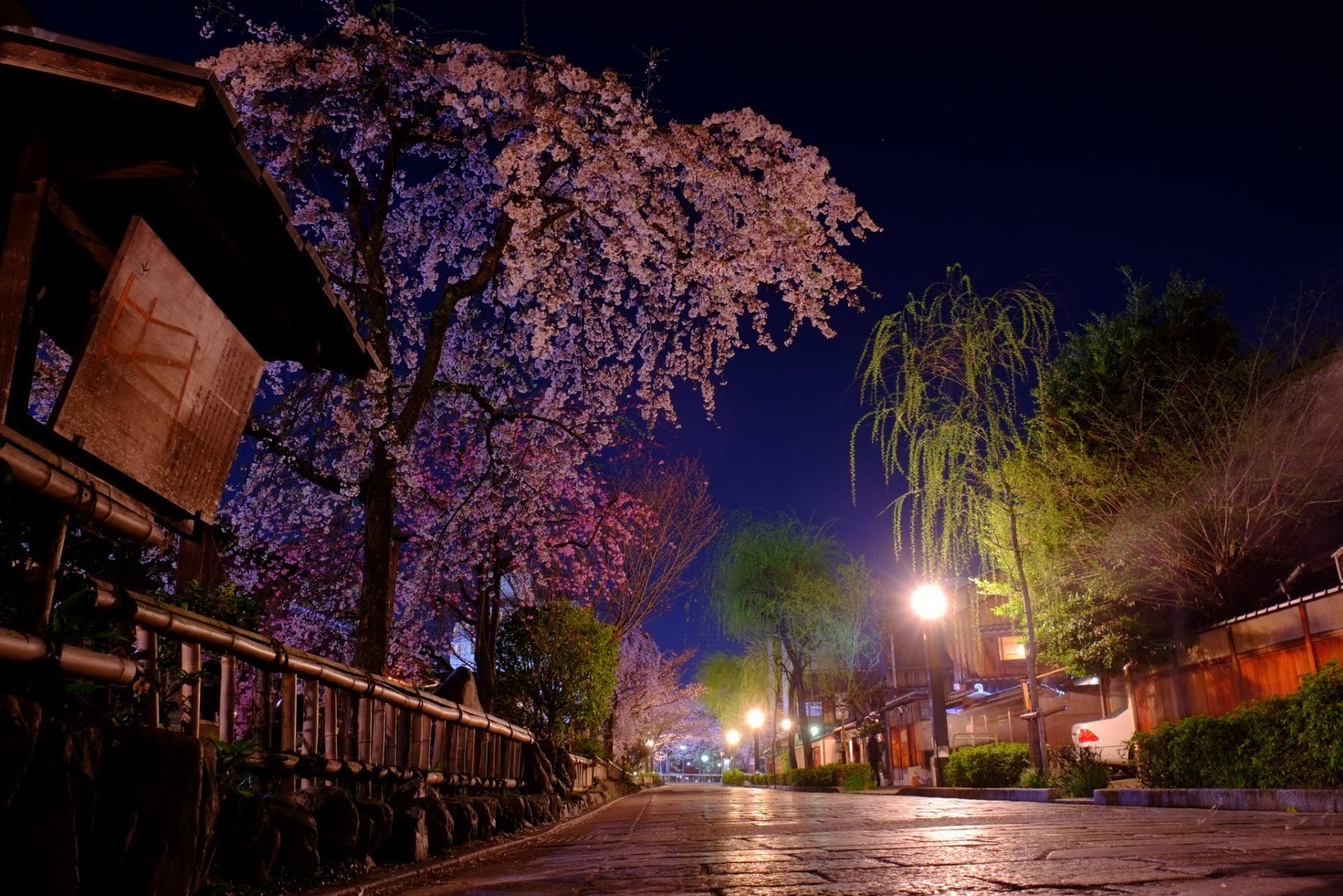
Visiting Hanamikoji during the day is delightful, but the night view offers a softer, more serene vibe. The traditional lanterns cast a warm glow, highlighting the wooden townhouses and tea houses along the street, creating a nostalgic atmosphere. If you happen to see a Maiko or Geiko on their way to work in the evening, you’ll feel as though you’ve stepped into a movie set, fascinated by the beauty of Kyoto’s traditional culture.
Travel Tips for Visiting Hanamikoji Street in Kyoto
Kyoto is one of the most traditional cities in Japan, and areas like Hanamikoji Street have preserved their timeless, conservative charm. While tourism keeps the area lively, over-tourism has brought challenges to locals. To address this, the government has implemented policies to protect residents. Here are some tips to avoid trouble and enjoy Hanamikoji Street respectfully.
1. Take photos only on the public roads of Hanamikoji Street
You can take photos on the main public road, but avoid side streets, which often have signs indicating restrictions. Always ask permission before photographing Geisha and Maiko, and don’t follow or touch them—they are professionals, often on their way to work, and getting in their way is considered disrespectful.
If you’d like to take quality photos of Geiko and Maiko, I strongly recommend visiting the Gion Museum. There, you can take photos and also learn about Geiko’s unique culture and history.
2. Do not enter the private side roads of Hanamikoji Street
Yes, Hanamikoji warmly welcomes tourists! However, be cautious of private areas, especially side alleys. If entry is restricted, there will usually be a sign in English or other languages. Always check for signs before entering.
3. Chaya typically requires reservations
Most Chaya (tea houses) in Hanamikoji Street are exclusive and usually open only to regular patrons or those with an introduction. These establishments are known for hosting Geiko and Maiko performances, providing high-end, traditional entertainment. However, some tea houses may offer special events or experiences for tourists, but reservations are typically required. For a more accessible experience, tourists can visit cultural venues like Gion Corner, where performances are open to the public.
How to Get to Hanamikoji Street
Get to Hanamkoji Street By Train
Take the Keihan Main Line to Gion-Shijo Station (a 5-minute walk). Alternatively, use the Hankyu Kyoto Line to Kawaramachi Station (8-minute walk).
Get to Hanamkoji Street By Bus
Take Kyoto City Bus 206 or 100, and get off at the Gion stop.
Tourist Reviews of Hanamikoji Street
Hanamikoji Street in Kyoto has captivated visitors worldwide, as evidenced by its high ratings across major travel platforms. On Tripadvisor, Hanamikoji Street holds a solid 4.0 out of 5 rating based on nearly 400 reviews, while Trip.com users rate it slightly higher at 4.6 out of 5 with over 500 reviews. These ratings reflect the street’s unique charm, combining traditional Japanese aesthetics with the allure of Kyoto’s historic geisha district.
One visitor from Trip.com shared their experience of strolling along Hanamikoji Street during the 2019 Kansai Late Autumn Festival.
“The Huajian Road in the garden is also near the hotel where you live, and it can be reached in steps. Sometimes it takes a few times a day. Huajian Road has always felt that the name is very wonderful, a bit romantic and a little fresh. It is said that this is a famous geisha area, but I didn’t see much geisha ladies. There are many young ladies who wear kimonos. Huajian Road is also a scenic spot worth visiting. The layout structure is more traditional Japanese style and characteristics. There are also many snacks and dining places. Because the itinerary is slightly rushed, there is no more stops in Huajian Road.”
– from Trip.com
Similarly, a Tripadvisor reviewer described Hanamikoji Street as
“a beautiful street, a lot of fun to walk around and a perfect taste of Japan and Kyoto. Many small stores with a beautiful Japanese architecture, offering a wide array of products and Japanese food. It would be a great mistake to miss this charming street.”
– from Tripadvisor
Overall, these reviews highlight Hanamikoji Street’s picturesque setting, traditional architecture, and vibrant atmosphere, which collectively make it a must-visit destination for anyone exploring Kyoto.
Attractions near Hanamikoji Street
Many attractions near Hanamikoji Street are within walking distance. These include the historic Yasaka Shrine, the serene Kennin-ji Temple, the picturesque Gion Shirakawa, and Maruyama Park, which is especially famous for cherry blossom viewing. These places are all close to Hanamikoji, allowing you to experience Gion’s culture as well as enjoy Kyoto’s beautiful natural scenery.
Gion Shirakawa

Gion Shirakawa (祇園白川) is a picturesque area located along the Shirakawa River, only 2 minutes away from the middle of Hanamikoji Street. Lined with traditional wooden buildings and weeping willow trees, the area offers a more peaceful and less crowded experience than central Gion. Shirakawa is especially beautiful during cherry blossom season when the trees along the river bloom.
Kennin-ji Temple
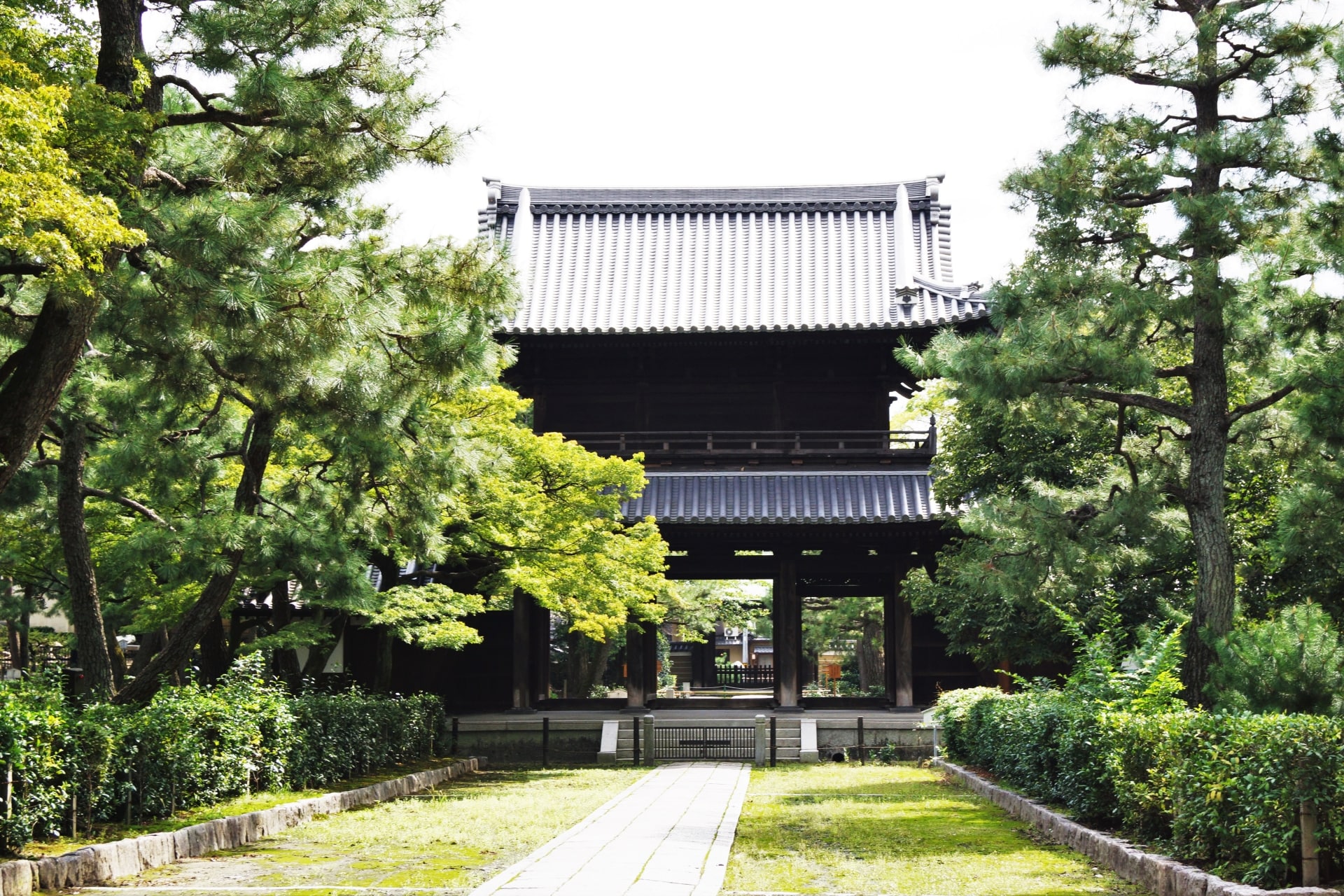
Kennin-ji Temple (建仁寺) is located at the southern end of Hanamikoji Street. It is the oldest Zen temple in Kyoto, founded in 1202 by the monk Eisai. Known for its beautiful Zen gardens and tranquil atmosphere, the temple is famous for its stunning artworks, including the iconic ceiling painting of twin dragons.
Yasaka Shrine
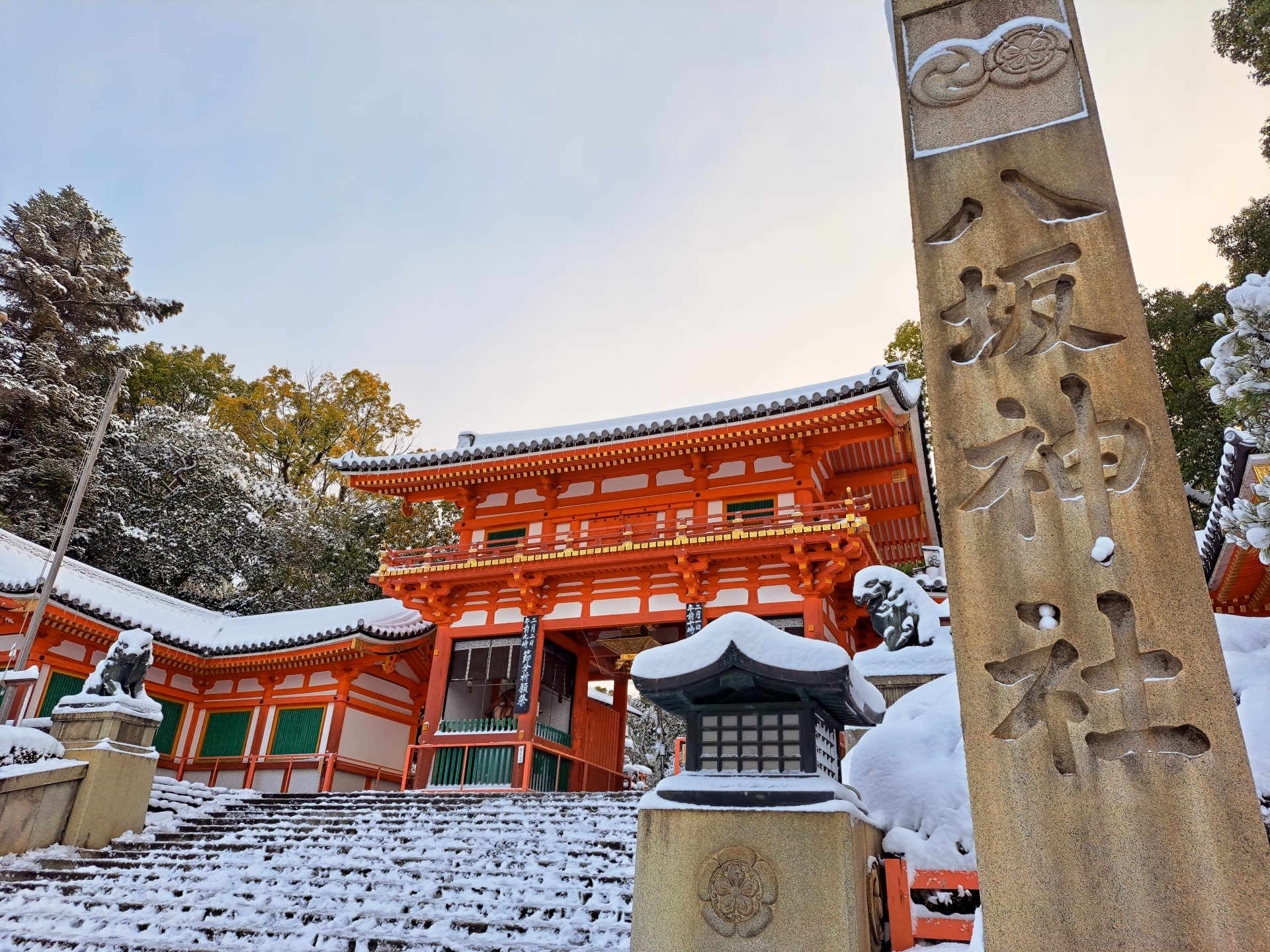
Yasaka Shrine (八坂神社) is about a 5-10 minute walk from Hanamikoji Street. This famous Shinto shrine, also known as Gion Shrine, dates back over 1,350 years and is dedicated to the deities of health, prosperity, and protection. It is particularly known for hosting the annual Gion Matsuri, one of Japan’s largest festivals.
Maruyama Park
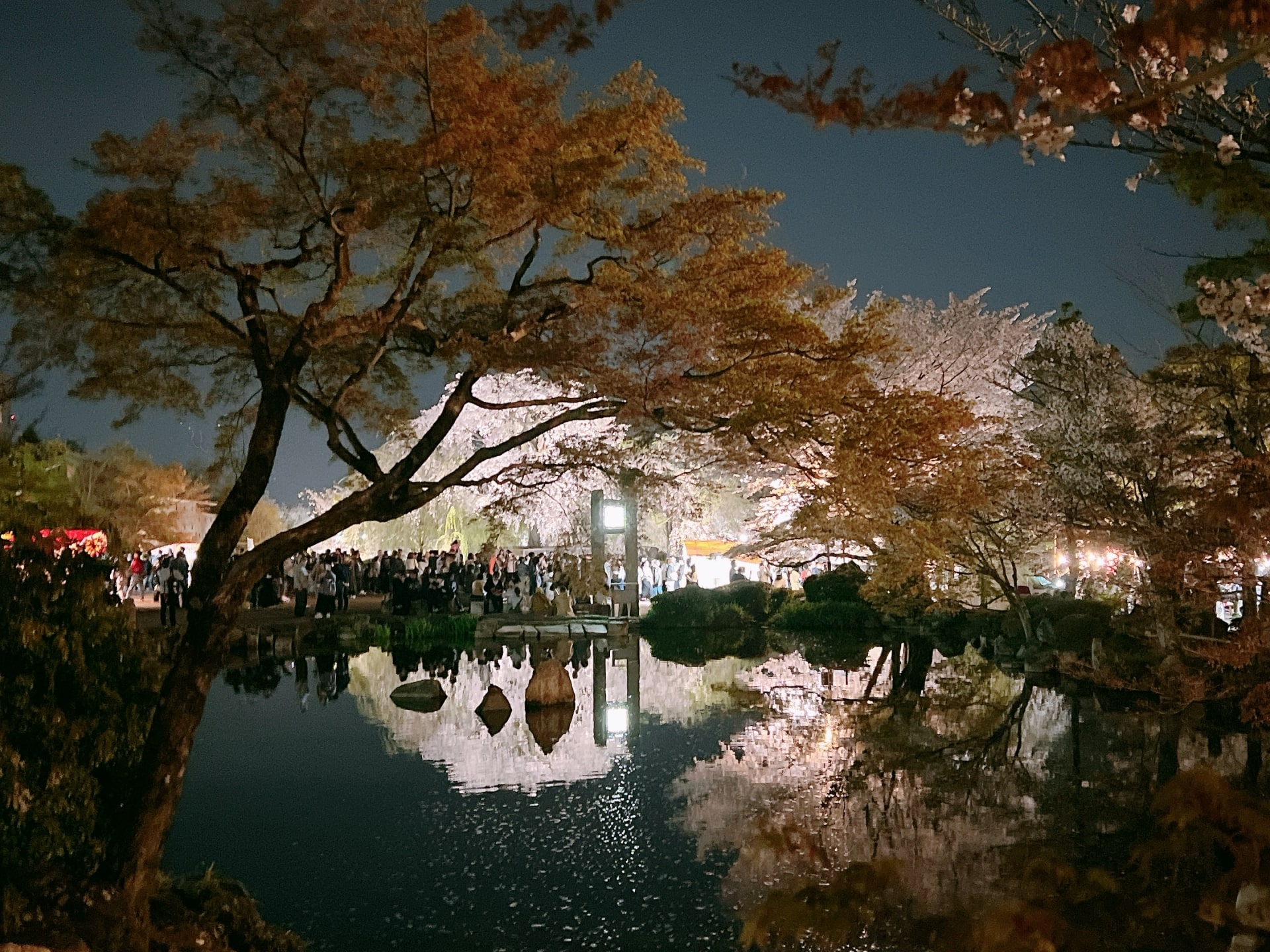
Maruyama Park (円山公園) is located near Yasaka Shrine, just a short walk from Hanamikoji Street. It is one of Kyoto’s most famous parks, especially renowned for cherry blossom viewing in the spring.
For more information about Kyoto highlights, check these articles below, too!
Written by
Hi, I'm delighted to get to meet you through my sharing. I am a freelance writer who loves traveling, reading, and food. I'm also the mother of a two-year-old child. Living in Japan for eight years has been both long and short—long enough for me to know Tokyo, where I reside, like the back of my hand, and short because there are still so many aspects waiting for me to explore. Here, I will share the fantastic culture and my thoughts about this beautiful country, hoping you will fall in love with Japan just as I have.





